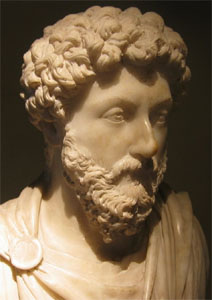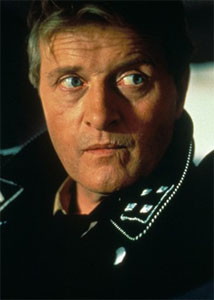This is the fourth in a series of biographical profiles from alternate histories.
Go to Part 1
Thirty years before the Rise of Camelot there was born to the Duke of Tintagel and his wife, Igrayneh, twin daughters. One was named Morgan and the other was named Megan, the youngest of four sisters. Seven years later the Duke would be killed in battle while his nemesis, Uther Pendragon, came to his wife’s bed – mystically enchanted by the magician Merlin so as to assume the appearance of the Duke and so beguile the devoted Ingrayneh. In triumph Uther married Igrayneh and from their ignoble union was born Arthur.
Arthur’s youth is well known, but the fate of his half sisters is less so. Following Uther’s rise to power they were sent away from their mother and into marriage. Morgan was married to a northern lord. Megan was sent across the sea. Both, as if bound by the ties of birth, studied magic, earning for themselves the title of “Le Fey”. But where Morgan studied the black arts, Megan studied the white.
They would not cross paths again for forty years. Arthur, in triumph, had built the mighty walls of Camelot. The bitter, warped mind of Morgan had returned to him and conceived by her own half-brother a child. The child, called Mordred, manipulated and aided by his mother, would, in turn, return to Camelot intent upon its destruction. They would have succeeded, destroying mankind’s last best hope of escape from a dark age, had Megan Le Fey not returned from beyond the sea and joined her might with that of her brother Arthur to destroy the forces arrayed against Camelot.
In the years which followed, Arthur would lead the reunited Knights of the Round Table across much of the Known World. The world of today is one in which learned men have recaptured the ancient glories and the mystic arts have revealed to the common man the deeper mysteries of the world. Fey and man alike exist in mutual acknowledgment and brave new frontiers lying beyond the Mountains of the East, the Ocean of the West, and the Desert of the South lie yet to be explored.


 William Boulle first ran for national office in 1956 as Adlai Stevenson’s running mate. Although they were handily defeated by the Eisenhower-Nixon ticket, Boulle distinguished himself as a strong campaigner – particularly in the early primary states. Boulle would run unsuccessfully in 1960 against John F. Kenendy and then retire from politics in 1964 when his senatorial term ran out. In 1968 Boulle emerged from retirement to once again attempt to capture the democratic nomination. His domestic and anti-war policies caught the imagination of the people and he proved immensely popular at the ballot box. Tragically, however, Boulle would be assassinated immediately after declaring victory in the California primary by Sirhan Sirhan. Bobby Kennedy would go on to win the nomination and, then, the general election against Richard Nixon.
William Boulle first ran for national office in 1956 as Adlai Stevenson’s running mate. Although they were handily defeated by the Eisenhower-Nixon ticket, Boulle distinguished himself as a strong campaigner – particularly in the early primary states. Boulle would run unsuccessfully in 1960 against John F. Kenendy and then retire from politics in 1964 when his senatorial term ran out. In 1968 Boulle emerged from retirement to once again attempt to capture the democratic nomination. His domestic and anti-war policies caught the imagination of the people and he proved immensely popular at the ballot box. Tragically, however, Boulle would be assassinated immediately after declaring victory in the California primary by Sirhan Sirhan. Bobby Kennedy would go on to win the nomination and, then, the general election against Richard Nixon.











